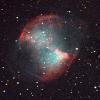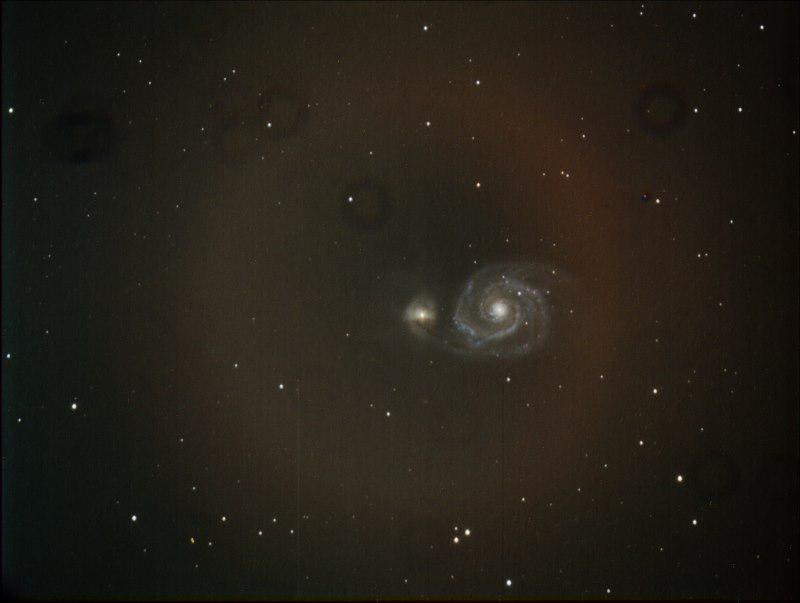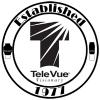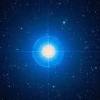I hope I'm not a part of that 'negative press'. I usually say that images are a poor measure of visual performance, worst of all for someone who has never used a scope - but that is not mount stuff IMO.
In the end, mounts, scopes guiders - my take on it is to think 'system'. As for the mounts contribution,
it only needs to work in a way that gets you round stars - hopefully reliably, or at least in some ratio you feel justified for the $$ spent. The rest of making a good image, exposure time, calibration and processing and post processing is a different matter.
It's the tip of an iceberg, but IMO the significant part in weighing options with respect to the rest of a system. What is the 'budget breaker in it all' is buying something over again, though the used gear market is always active and you can recoup some at least.
As to the significance of auto-guiding/tracking it can help make a workable system better, but it has it's limitations.
IMO this level of imaging, the market is increasing options and iOptron seems pretty dedicated at making an impact, and mini-guiders are now here to stay. great news for us

When thinking about budget I think it's good to look for images like you want and look at the gear used to get it. Throw out the high and the low and in the middle is maybe a reasonable case.
I've been thinking about your mention of starting with two scopes and one for each type object and on the surface it is sound (within all the caveats that you're not expecting too much). Shopping the 'used' market will extend your astroca$h. You don't 'need' both scopes to get started. I think learning just one, and really learning that one could keep you busy for a good while depending on how much clear sky time and other free time for the processing of your data.




























